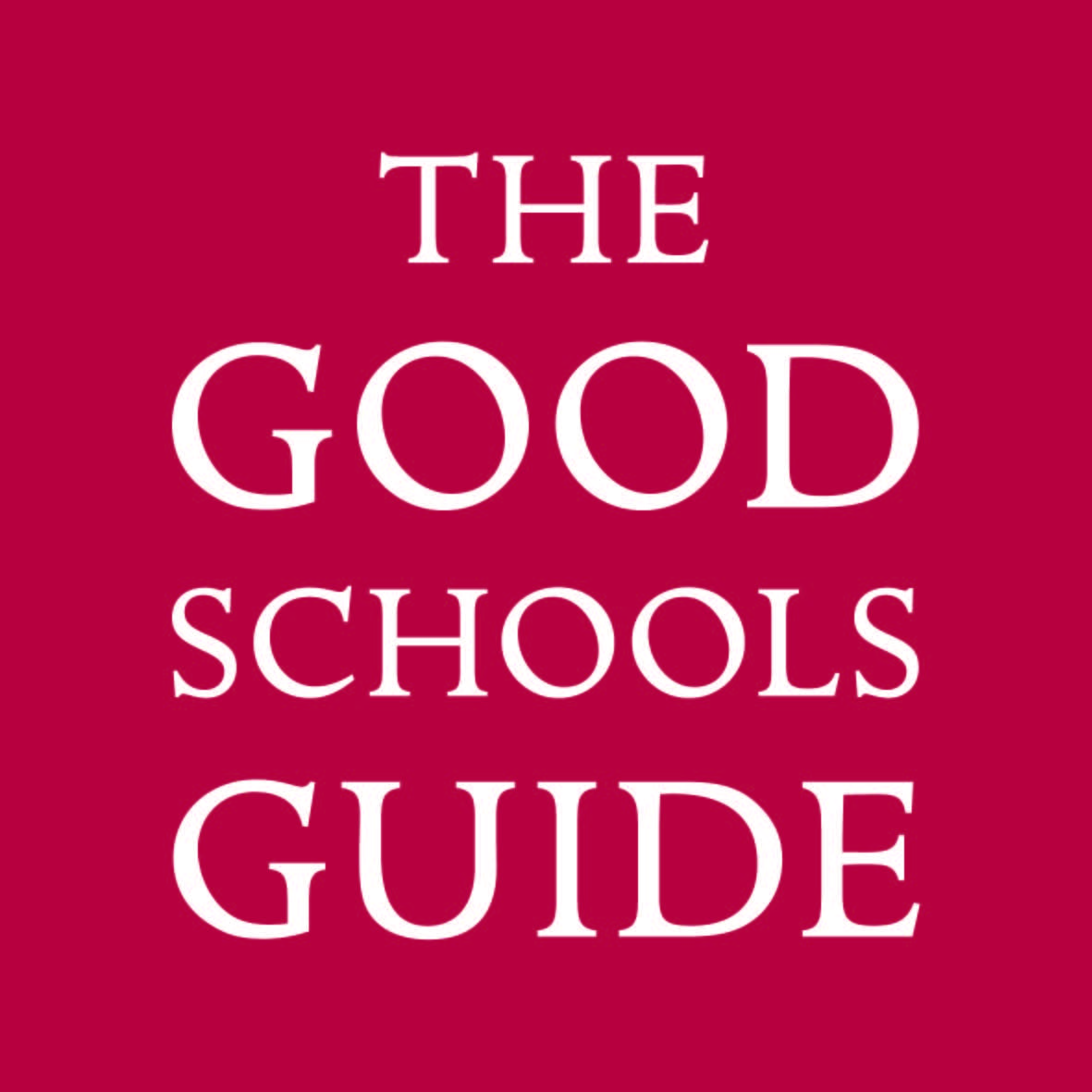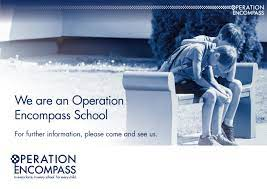Latin
Latin is studied by all the senior boys from the Lower Removes upwards (National Curriculum Years 6, 7 and 8) and is a compulsory subject at CE.
The boys in the Ls (Year 6) are introduced to Latin through the Minimus book with the emphasis during the first term being on the gradual introduction to a new language and ancient civilization through a series of engaging activities as well as written work. Over the following two terms more emphasis is placed on the acquisition of basic grammar using selected chapters of the ISEB Level 1 “Latin Practice Exercises” text book. The more able boys are fast-tracked through the topics in this book in preparation for the Ms year (Year 7). Latin is not taught to the Ms during their term at the Château de Sauveterre.
Regular discussion within the department will take place and the Scheme of Work will be altered as and when necessary.
In their final year, boys in the scholarship class prepare according to their destination school. Most other boys will aim for Level 3 at Common Entrance, with the remainder taking Level 2 and some Level 1. The aim is for all boys to have finished the syllabus by the end of the Spring term to allow time for practice papers and revision.
Some Greek is taught to the boys in the top set of the Middle Removes with a view to continue this into their final year, this subject can then be offered in application to their next schools either at Scholarship or C.E.
Mythology & Historical Background
This is a popular and important part of the course but worth few marks in CE and ignored by some Public Schools. No more than one lesson a week is devoted to this and those boys following the scholarship course in the final year will study this after their exams in the summer term only. Various methods are used:
- Stories are read to the class.
- Teachers tell a story in their own words.
- Pupils make use of the department’s library of books for their own reading.
- DVD’s, CD’s and videos are used judiciously.
- Boys take notes on topics or notes are glued into their myths books and read together in class.
- Research is carried out using the internet in order to produce newspaper articles complete with illustrations about stories or events.










